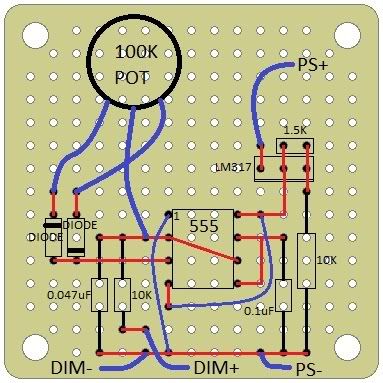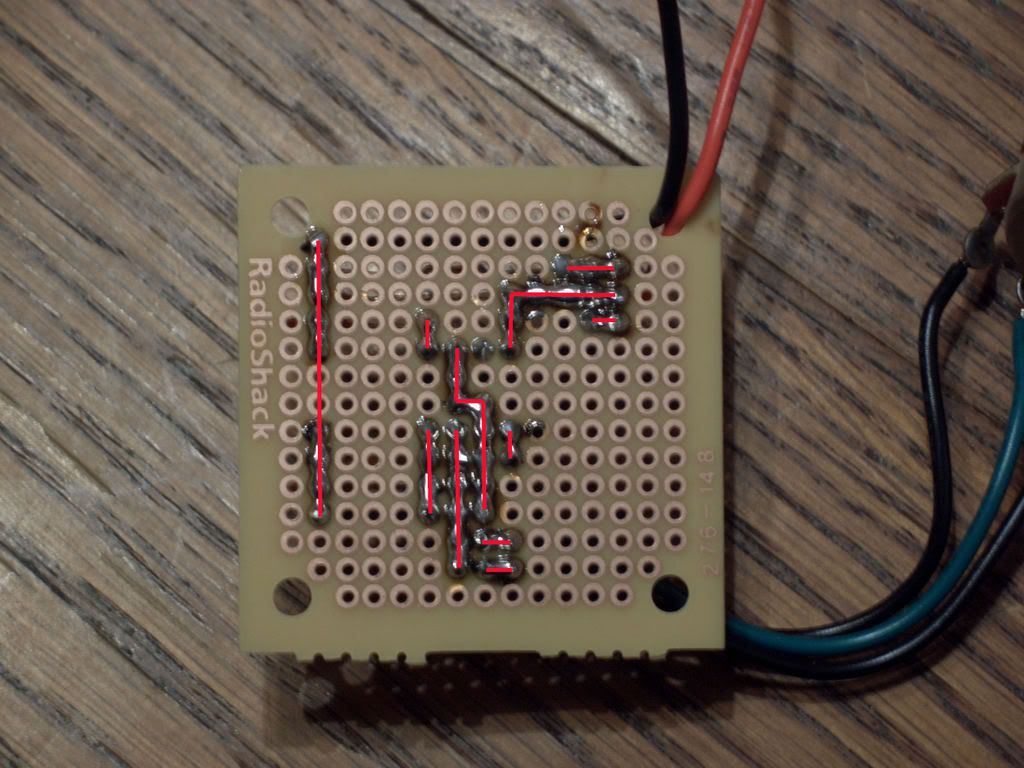For those who aren't going to be using PWM as a dimming option, you can replace the PWM circuit with a simpler voltage regulator circuit. You can then tap off this and power your cooling fan at 10V (maybe it will run the meanwell at less than 10...like 9 or even 8?) and cool only when your LEDs turn on.
If you are using PWM, you can run a parallel voltage reg circuit for the fans only. power it all up with an old laptop PSU or strong enough wallwart and all is well.
If you are using PWM, you can run a parallel voltage reg circuit for the fans only. power it all up with an old laptop PSU or strong enough wallwart and all is well.




